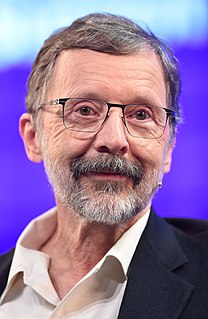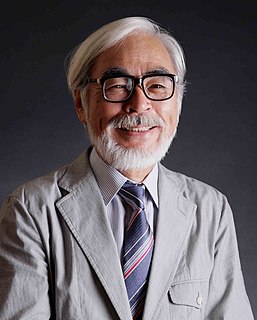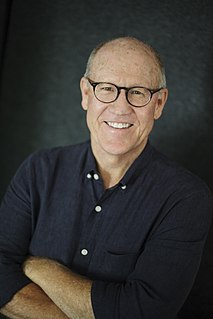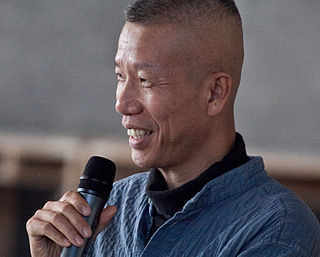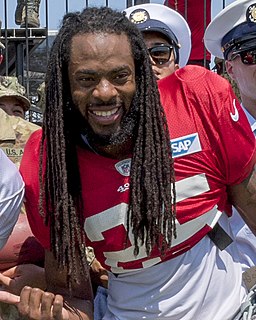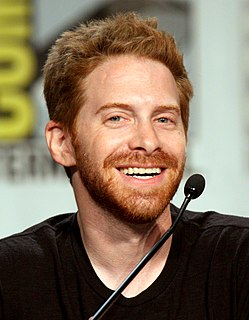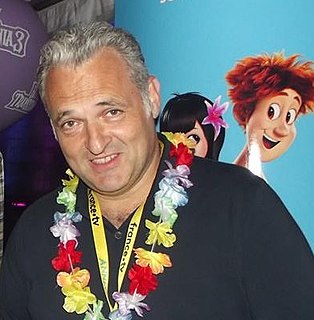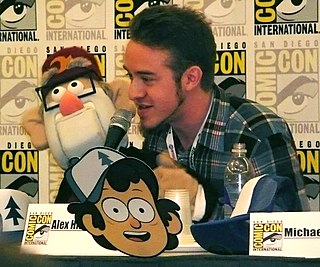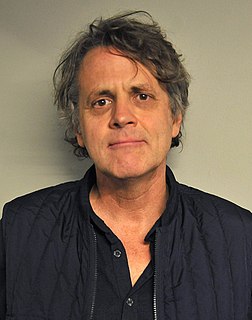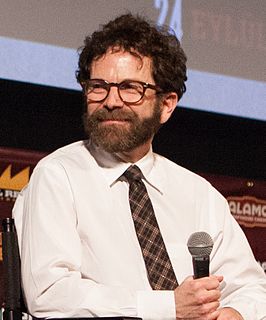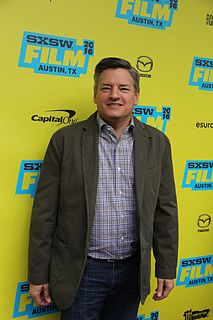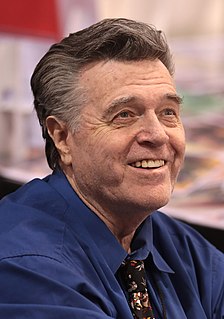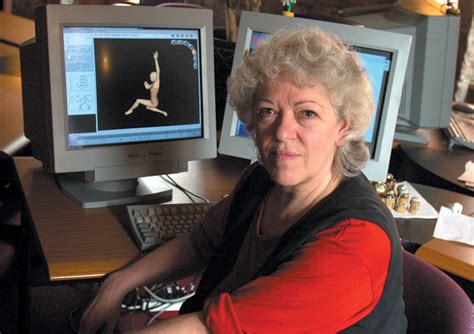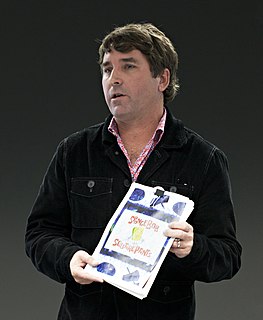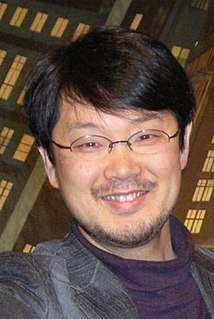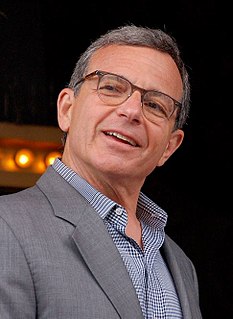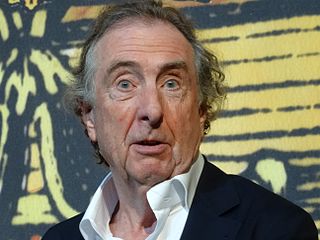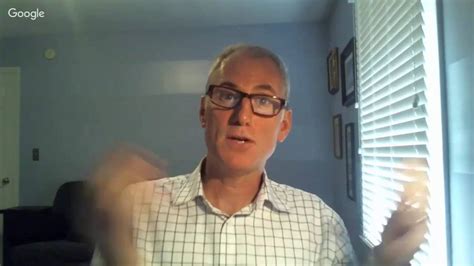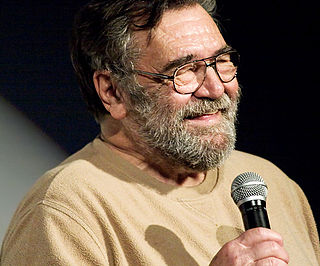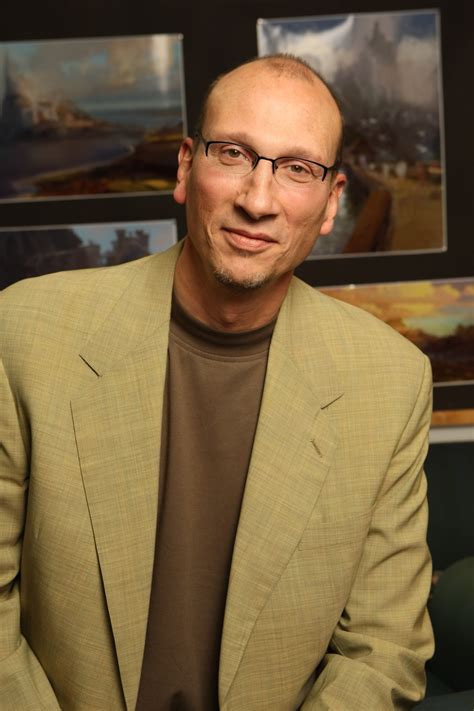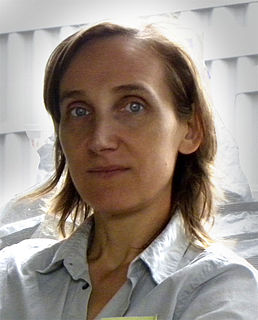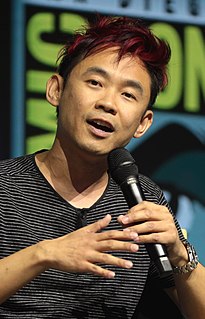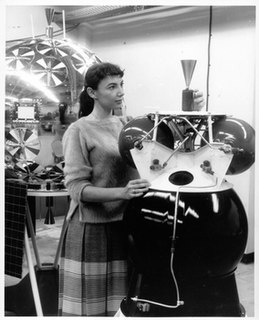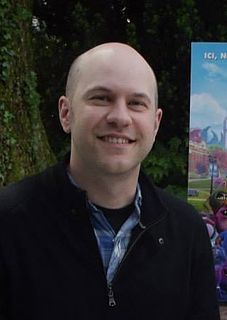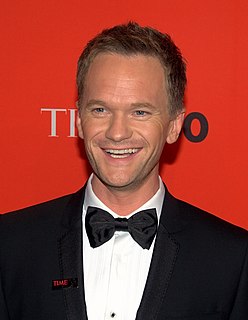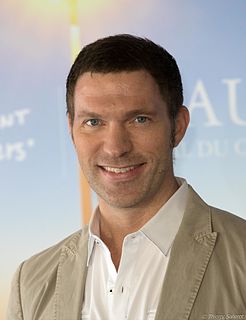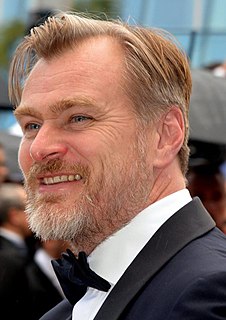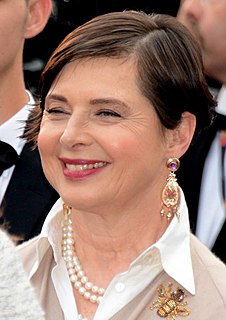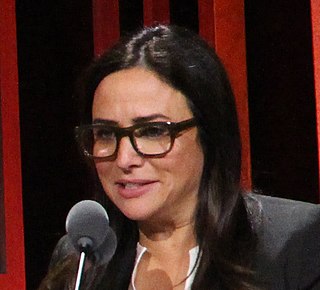1200 лучших цитат и поговорок из компьютерной анимации
Изучите популярные из компьютерной анимации .
Последнее обновление: 27 ноября 2024 г.
Я не умею анимировать на компьютере, и я очень благодарен за то, что работал с парой других парней. Мы назвали это нашим триумвиратом, Джоном Карсом и Клэем Кайтисом, которые действительно разбирались в компьютерной анимации, но любили и поддерживали рисованную графику, которая является наследием Диснея.
Это [кинопроизводство] заключается в том, чтобы развлекать зрителей великими персонажами и великими историями, вы хотите, чтобы люди смеялись, вы хотите, чтобы люди плакали, вы хотите иметь отличную музыку, которая запоминается. Вы хотите фильм, который, как только он закончится, захочется посмотреть снова, просто так. Вот что это такое, живое ли это действие, анимация, рисованная, компьютерная, спецэффекты, кукольная анимация, не важно. Это цель режиссера.
Во-первых, компьютерная анимация сегодня, безусловно, является потрясающим и жизнеспособным средством. Но теплоту и индивидуальность 2D-анимации, на мой взгляд, невозможно превзойти. Некоторые истории хорошо подходят для 3D-анимации, и я не буду давать им названия, но в глубине души я все еще более эмоционально реагирую на то, что художники чувствуют в 2D. «Актёра» в аниматоре чувствуешь более лично... это трудно объяснить.
Я очень люблю анимацию как средство повествования, будь то традиционная анимация, компьютерная графика или покадровая анимация, которая в большей степени является областью деятельности нашей студии. Но я считаю, что креативщики, стоящие за любой анимацией, как правило, очень похожи, и поэтому, независимо от того, какую эстетику они используют для реализации своего видения, мне это нравится.
Если вы сидите в своем минивэне и проигрываете компьютерные анимационные фильмы для своих детей на заднем сиденье, разве это анимация развлекает вас, когда вы едете и слушаете? Нет, это повествование. Вот почему мы придаем такое большое значение истории. Никакая отличная анимация не спасет плохую историю.
Моушн-комиксы — это отдельная среда. Это уж точно не анимация, в которой большое количество художников делают десятки, а то и сотни тысяч рисунков. Анимация, или «реальность», создается на компьютере, и работа оригинального художника — это работа. И это не комикс. Вы не можете перевернуть страницы. Вы не можете прочитать диалог.
Анимация для меня — прекрасный вид искусства. Я никогда не понимал, почему студии хотели прекратить делать анимацию. Возможно, они чувствовали, что зрители во всем мире хотят смотреть только компьютерную анимацию. Я этого не понимал, потому что я не думаю, что когда-либо в истории кинематографа среда фильма делала этот фильм интересным или нет. Я всегда чувствовал, что зрители любят смотреть действительно хорошие фильмы.
Фильмы сегодня снимаются так же, как и всегда, в некоторых отношениях. Написание сценария, пре-продакшн, раскадровка и дизайн — все одно и то же. Техника анимации изменилась в том смысле, что вместо того, чтобы рисовать ее вручную, мы используем компьютер в качестве инструмента. Компьютер стал карандашом для рисования или раскрашивания изображений, которые мы видим в фильме.
Если вы посмотрите на Японию, то увидите, что фильмы Хаяо Миядзаки — это величайшие фильмы, когда-либо снятые в Японии; там внутри страны, и они играют с одобрением критиков во всем мире. Он не будет использовать более 5 или 10 процентов компьютерных изображений в своих фильмах. Это разочаровывает меня. Это глупый выбор, который сделали некоторые студии, отказавшись от анимации. Это часть неудачного предубеждения, которое, как я думаю, сложилось у публики в отношении анимации.
Я люблю рисованную анимацию, но должен сказать, что я влюбился в компьютерную анимацию. То, что вы можете сделать с точки зрения визуальных эффектов, довольно ошеломляет, и я думаю, что если бы я вернулся и сделал рисованную анимацию, я хотел бы убедиться, что со стилистической точки зрения это было бы так же красиво, как «Горбун». Хоть Нотр-Дам!
Я всегда любил анимацию, поэтому я зарабатываю на жизнь тем, чем зарабатываю на жизнь — фильмами Уолта Диснея. Этот вид искусства настолько эффектен и красив. И я никогда до конца не понимал настроения анимационных студий, что сегодня зрители хотят смотреть только компьютерную анимацию. Дело не в среде, в которой снят фильм, а в истории. Это о том, насколько хорош фильм.
Я так люблю процесс анимации. Интересно, что все, что я делаю в анимации, способ создания и навыки рассказывания историй, полностью работают в структуре фильмов о природе Диснея. Как ни странно, мне нравится думать, что анимация подобна рисованию, а природа Диснея подобна лепке. Анимацию вы начинаете с чистого холста и рисуете. С природой Диснея вы начинаете с большого блока изображений и доводите его до финальной истории. Где-то вы в конечном итоге с чем-то симпатичным смотреть.
Я работаю в компьютерной анимации уже 25 лет. Я, очевидно, приверженец технологии. Я просто думаю, что это тот аспект среды, который продолжит революцию в кинопроизводстве. Он постоянно меняется и постоянно открывает новые возможности. Технология развивается там, где 2-D анимация в конечном итоге ограничивается тем, сколько времени вы можете заплатить скольким людям за создание фильма. Я имею в виду компьютеры, не то чтобы это устройство, экономящее труд, но оно обещает открыть захватывающие новые технические возможности.
